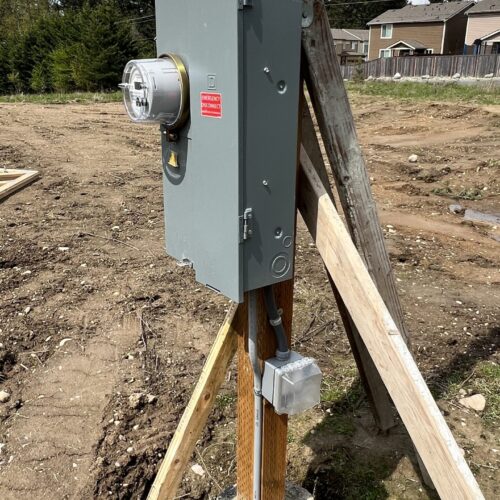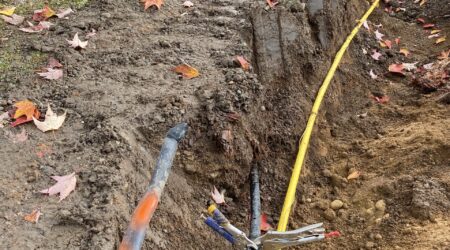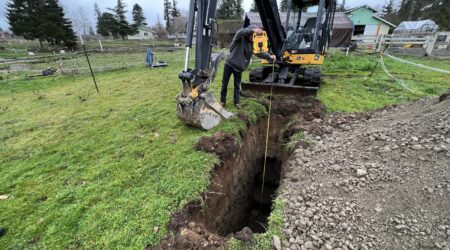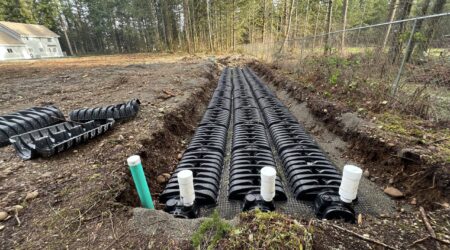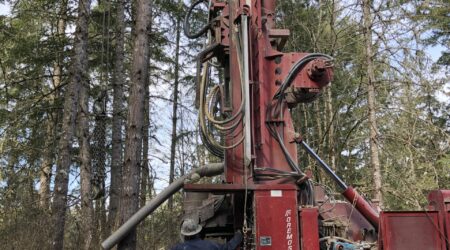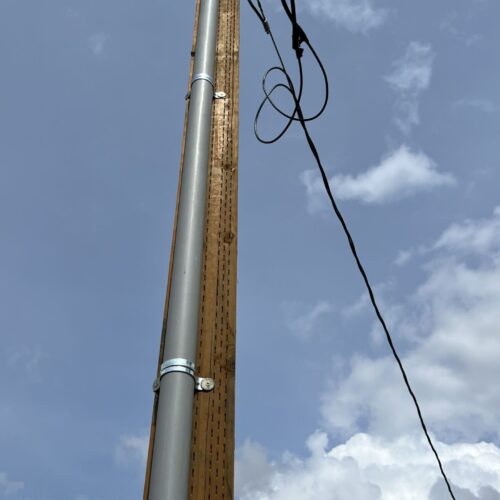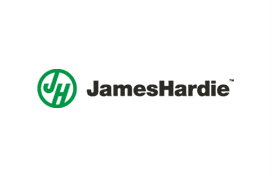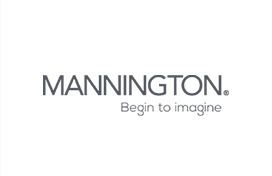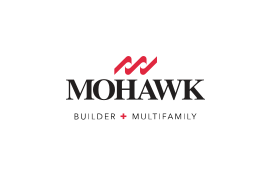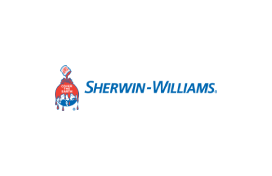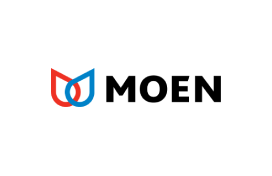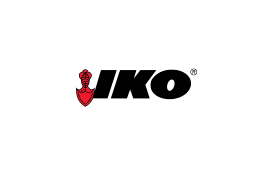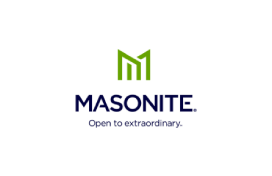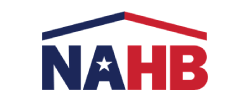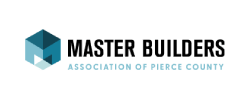Utility Consultation for Homebuilding
1. Utility Assessment and Planning
When planning for a new home, understanding the utility setup is crucial. Our consultation begins with a thorough assessment of what utilities are available on or near your property and determining the best methods for access and connection. This includes identifying the location of existing utility lines and assessing the feasibility of connecting to these or whether new installations are required.
Process:
Site Visit and Analysis: We start with a site visit to physically assess the location and existing utility infrastructures. This helps us understand the layout and any potential challenges.
Utility Mapping: We map out where each utility (electricity, gas, water, and sewage) is located in relation to your proposed home site. This step is critical to planning the construction and future utility use.
Feasibility Study: We analyze the available options for each utility, considering factors like cost, timeline, and long-term sustainability. This may include discussions with local utility companies to understand your options better and any upcoming changes to utility provisions in the area.
2. On-Site Utility Exploration and Development
Depending on the results from our initial assessments, further on-site explorations might be necessary, particularly for properties relying on septic systems and private wells.
Process:
Soil Percolation Tests: For properties requiring a septic system, we conduct soil percolation tests to determine the soil’s absorption rate. This test is essential for designing an efficient septic system.
Septic System Design: We work with certified septic designers to plan and position your septic system and reserve area optimally on your lot. Placement is carefully considered to comply with local health regulations, including maintaining a safe distance from water wells to prevent contamination.
Water System Consultation: For water, we’ll determine whether connecting to a public or community water system is feasible or if drilling a private well is your best option. This involves analyzing the wellhead protection area and ensuring that the location of the well does not interfere with septic placement or future land use.
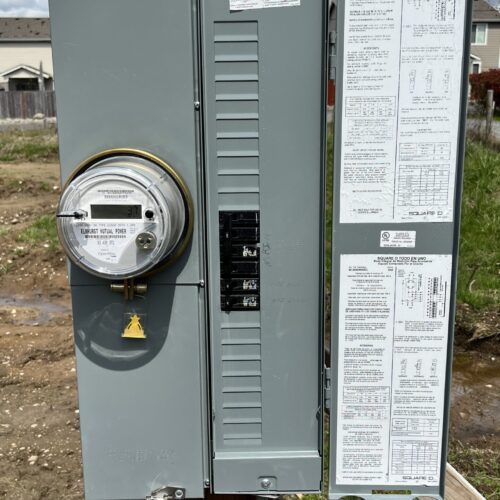
3. Utility Connection and Coordination
Once the planning and exploration phases are complete, we move into the coordination of actual utility connections, whether hooking up to existing systems or installing new ones.
Process:
Permitting and Documentation: We assist in obtaining the necessary permits and preparing documentation required for utility installations or modifications. This includes coordination with local authorities and utility companies.
Scheduling and Oversight: We provide a detailed timeline and schedule for utility installations, aligning this with other construction activities to ensure a smooth process. While we do not perform the physical work, we oversee the coordination between you and the contractors or utility companies.
Final Inspections and Adjustments: After installation, we help coordinate inspections to ensure everything is installed correctly and functioning properly. Any adjustments needed based on these inspections are managed promptly.
Throughout these phases, our role is to provide expert advice, facilitate the right connections, and ensure that your utility setup is optimized for both immediate use and future needs. This comprehensive approach helps avoid costly mistakes and delays, ensuring that your home’s utility systems are reliable and efficient from the start.
